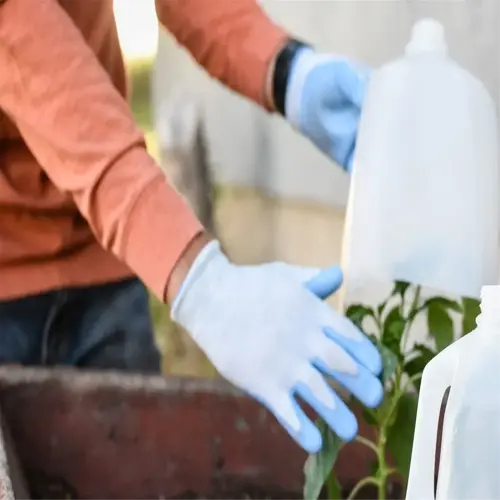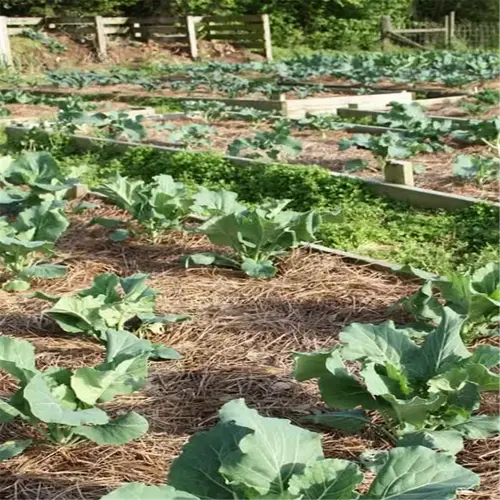How do I identify root rot?

Written by
Olivia Mitchell
Reviewed by
Prof. Martin Thorne, Ph.D.-Signs of root rot can be mistaken for siloed generalized plant stress, until you have some irreversible damage. For a few weeks, my fiddle leaf fig was expressing slight leaf dullness, and then its roots turned to wet cardboard. The earlier you look, the better you can track the plant by looking systematically at the foliage, stem, and roots.
Visual Leaf Changes
- Lower leaves yellow first, unlike nutrient deficiencies that affect new growth
- Veins remain green while leaf blades pale - a key differentiator from sunburn
- Progressive yellowing spreads upward despite optimal lighting
Root Inspection Protocol
- Healthy roots resist gentle tugs - infected ones snap easily
- Scrape root surfaces with a nail: brown inner tissue confirms rot
- Compare root thickness - rotting roots shrink compared to healthy neighbors
Odor Detection
- Smell soil 1 hour after watering - sour notes indicate anaerobic activity
- Rotten egg smells signal advanced decay from sulfur-producing bacteria
- Compare to fresh potting mix as a baseline reference
Misdiagnosis interrupts vital treatment windows. The aptly named spider mite looks similar to yellowing agents but produces webbing as it feeds on plants. I nearly discarded a salvageable palm tree until I observed again- only the base was decaying to sustain healthy white tips, which were still below the dead area. Always inspect/check using multiple orientations.
Read the full article: Root Rot Symptoms: Signs, Causes, and Solutions

